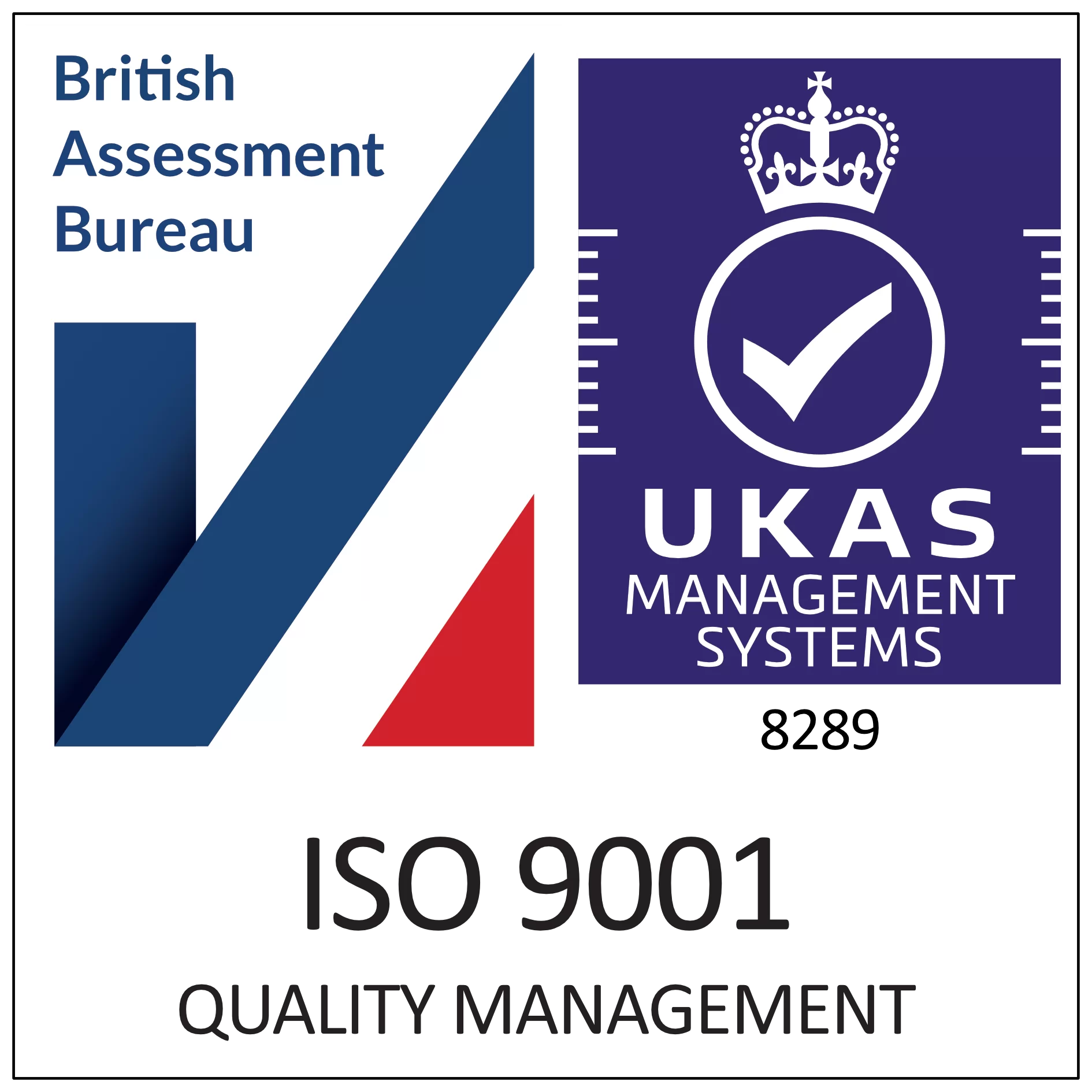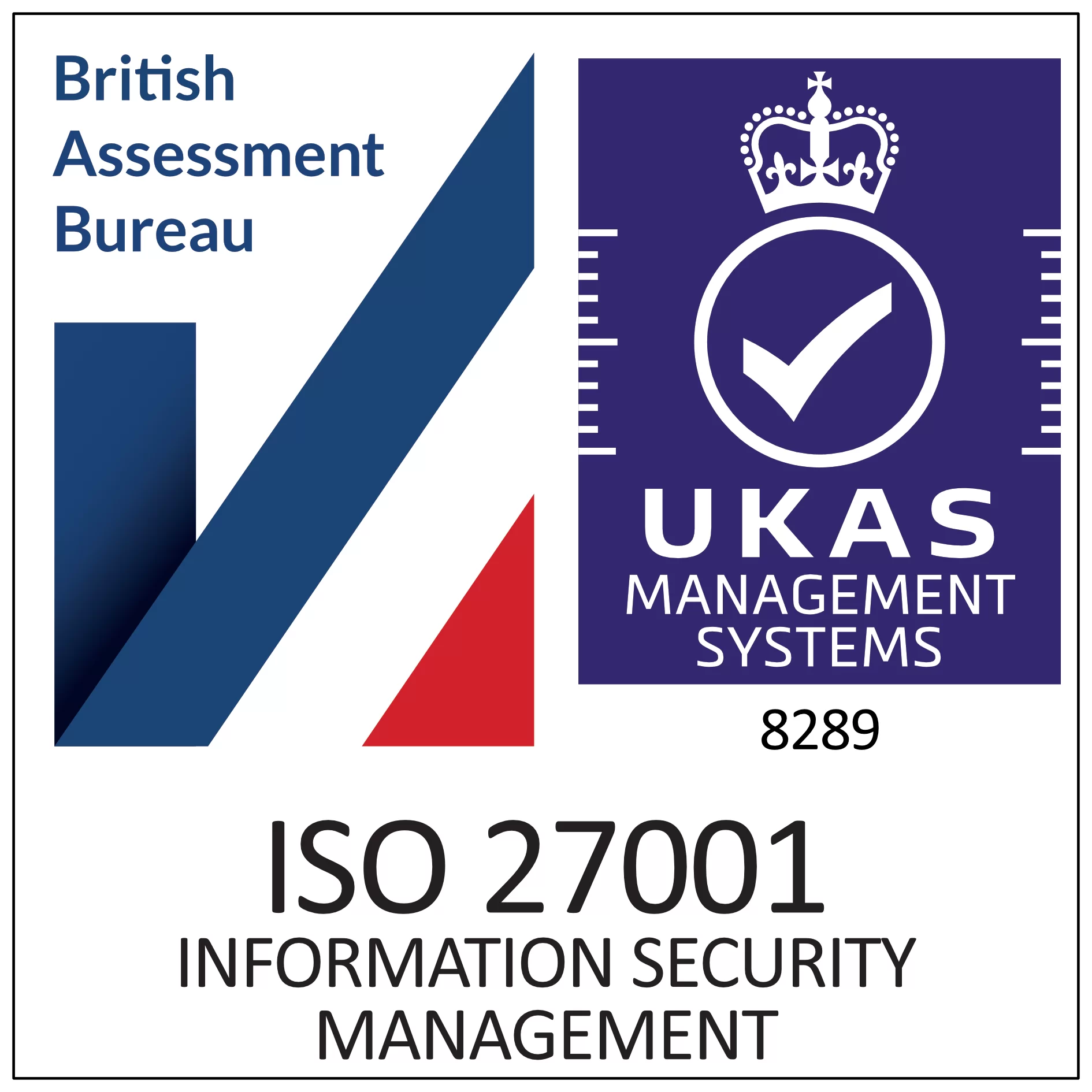Electronic Patient Record
What is an electronic patient record?
An electronic patient record (EPR) system collates and stores all patient information together. This can include a person’s medical history, investigations and test results, medications prescribed, and more, all securely managed in one place.
Traditionally, record-keeping spanned different locations, including paper-based notes and multiple digital systems. Many NHS trusts now use EPR systems to keep all patient medical data in one record.
This streamlines the care process, as clinicians will see everything related to a patient’s health in real time, improving the overall quality of care provided and the patient’s experience.
What does an electronic patient record include?
- Patient demographics – age, gender, contact information
- Medical history – past illnesses, surgeries, and other relevant medical information
- Medications and allergies – current medications, dosages, and known allergies
- Record of vaccinations
- Test results
- Vital signs – blood pressure, heart rate, temperature
- Radiology images – X-rays, MRI scans, etc
- Appointment notes – notes from consultations with healthcare professionals
How secure are EPRs?
EPR systems provide a robust and secure alternative for healthcare organisations moving away from paper records. Only authorised personnel can access patient data, with strict protocols in place to manage and monitor access. Information is stored electronically at a secure, UK-based off-site facility, reducing the risk of data breaches and enhancing protection against cyber threats.
What are the benefits of electronic patient records?
Electronic patient records offer numerous advantages for both patients and healthcare providers, including:
- Enhanced patient safety and fewer mistakes – By replacing paper records, EPRs significantly lower the chances of human error. Features like automatic alerts for allergies and potential drug interactions support healthcare professionals in making safer, well-informed clinical decisions.
- Accessibility and information sharing – immediate access to patient information by authorised team members is a key benefit of EPRs in the NHS. It allows seamless sharing of data across departments and facilities, making collaboration between primary and secondary care easier.
- Greater efficiency and time savings – digitising patient records effectively streamlines admin processes, leading to a reduced paperwork burden that saves clinicians valuable time. Retrieving and updating patient information more efficiently results in more time to be directed to patient care.
- Enhanced data security and privacy measures – EPRs are equipped with enhanced security measures, maintaining the confidentiality and integrity of patient information. Access controls, encryption, and audit trails are all features that protect sensitive data, meeting the robust privacy standards in the healthcare sector.
- Cost savings and sustainability – reduction in paper use, physical storage requirements, and admin tasks leads to financial savings and decreased carbon footprint. This supports the NHS’s commitment to long-term carbon-saving goals.
How will EPRs make patient care safer?
EPRs allow patients’ healthcare teams to stay updated with their treatment across multiple trust sites. This holistic view of patient data supports well-informed clinician decision-making, prompting doctors, nurses, and other staff to ensure the patient gets the right treatment at the right time. As a result, this reduces the likelihood of human error, making patient care not just more accurate and efficient but also safer.














